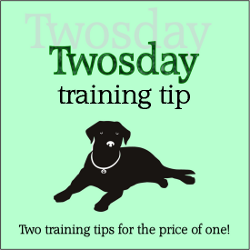 TIP #1: WHAT DOES A SHY DOG LOOK LIKE? Shy and fearful dogs might show their feelings by cowering, rolling onto their back, shaking, urinating, hiding, ducking, backing away, or going still. Other shy dogs have learned that growling, snarling, or barking will make the scary thing or person move farther away. Many people mistake these behaviors for aggression or protectiveness. TIP #2: SEPARATION ANXIETY OR BOREDOM? So how do you know whether your dog actually has a separation issue? After all, many dogs seem hyper-attached to their owners, and when left alone, destroy things. Destruction, inappropriate elimination, and incessant vocalizing are some of the most common signs of a separation issue, but they must be assessed in context with the rest of the dog's behavior. In some cases, destructive efforts will be focused on exit points such as doors and windows, or on items belonging to owners. For example, you come home to find that your dog has chewed up a paperback book you were reading or a hand towel (items which retain your scent). Or your dog claws or chews at the door where you exited or the window that offers a view of your car pulling away. Those behaviors are more likely to be related to a separation issue than would an act such as chewing up a picture frame (unless it holds a photo of you and your dog cuddling, in which case you have an extremely clever and melancholy dog). Still, even scent-related or escape-focused actions are not conclusive evidence of a separation issue and must be assessed in context. One identifying factor in the diagnosis of a true separation issue is that stress-related behaviors occur each and every time the dog is left alone. - excerpted from Don't Leave Me 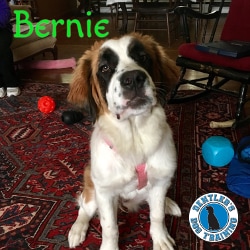 Today Bernie learned how to Wait patiently to go out the door. We also taught her to stay while we walked out of the room. Now that she knows Down and Stay she can be taught how to lie down and relax while things are going on around her. 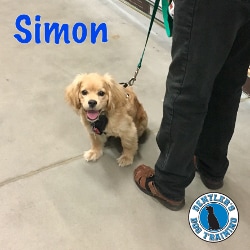 We did an out-and-about socialization session with Simon tonight by visiting Lowe's, where he practiced his Sits, Downs, and Stays. He encountered many people, shopping carts, scooters, and noisy forklifts, yet nothing seemed to faze him. 
If you remember, Dewey was highly reactive to the mere sight of the vacuum cleaner (see it here). We have been using food during the desensitization and counter-conditioning (DS/CC) process, but today we decided to try something that he absolutely loves - his Frisbee! As you can see in the video below, after just our second session of DS/CC, this time using the Frisbee as the reinforcer, he is sitting right next to the vacuum without any overreaction!
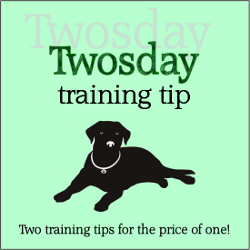 TIP #1: AGGRESSIVE BEHAVIOR Dog aggression is normal and natural - and it doesn't help that "aggression" just sounds so scary...evoking images of dog fights and maulings. Truth is, aggression is very common. It's not some condition that affects certain dogs. All dogs can become aggressive when they're scared, threatened, or when they misunderstand a situation. More problems happen when we humans fail to understand what our dogs are trying to tell us. A dog can look awfully "cute" when they're trying to tell us they're frightened. And when someone he feels threatened by comes in for a pat…SNAP…they get bitten. - Whole Dog Journal So what do we do when our dog (over) reacts? TIP #2: R.E.A.C.T Dogs growl, snarl, and snap when they perceive a threat they can't avoid or escape. If things go wrong, R.E.A.C.T. Retreat to a safe distance. Evaluate the situation Adjust your plan. Capture desired behaviors Treat: you get what you reinforce! - 4Paws University 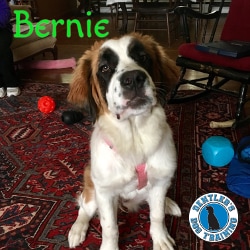 Bernie had already been taught how to Sit, so we just taught her to do it with a hand signal, too. We also instituted the Say Please policy: asking her to sit for everything she wants. We also taught her to Down, which she learned very quickly. 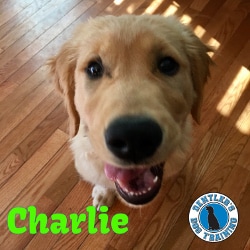 Despite such overwhelming distractions like sticks and blowing leaves, we managed to teach Charlie how to Come When Called. We used games and yummy treats so he learned that coming to us was the greatest thing ever! |
AuthorJeff Dentler, CPDT-KA, IAABC-ADT, FFCP, CTDI Archives
April 2024
Categories |

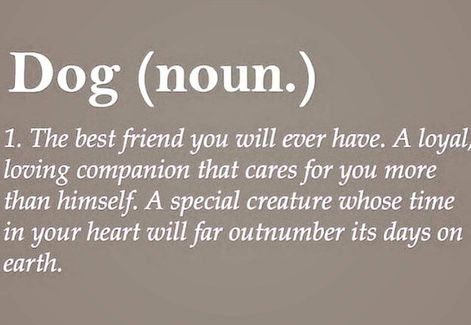
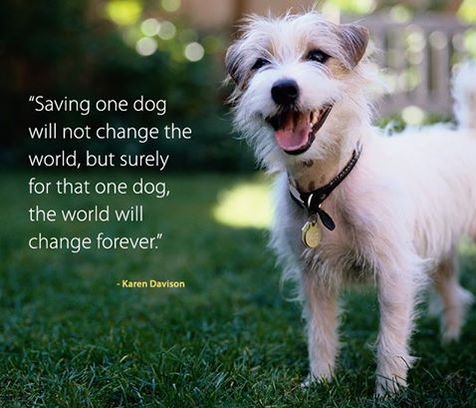

 RSS Feed
RSS Feed